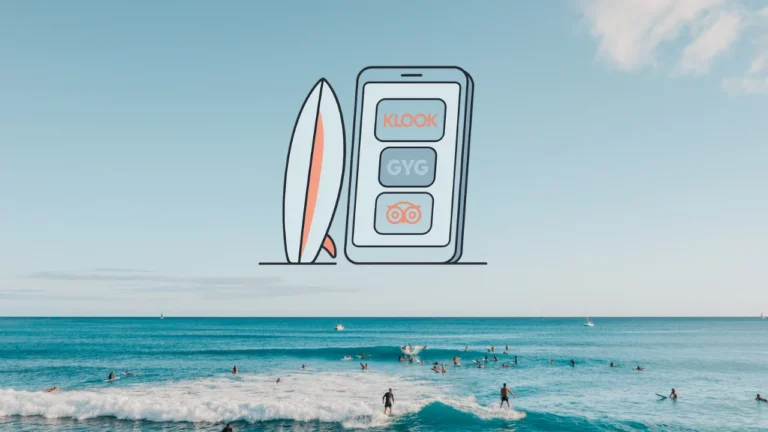- Incorrectly Typed URLs
Sometimes users may type the URL incorrectly, which results in a page that can’t be found. - Deleted Pages Without Redirects
If you’ve removed a page or content without setting up a redirect, users attempting to visit the old URL will run into a 404 error. - Website Structure Changes Without Updating Internal Links
Changing your site structure or URLs without updating internal links can lead to 404 errors on pages still linked to the old URLs.
Errors like these are quite common, but if left unchecked, they can damage your website’s reputation, especially when it comes to SEO and user experience.
- Redirect Pages
If you’ve deleted a specific page, set up a 301 redirect to a similar or relevant page. This helps guide users to live pages so they don’t encounter a 404 error. - Update Internal Links
Regularly check your internal links to ensure they’re not leading to nonexistent pages. Use tools like Screaming Frog or Google Search Console to locate broken links and update or remove links that direct users to pages that no longer exist. - Create a User-Friendly 404 Page
If a 404 error is unavoidable, make sure your 404 page is welcoming and informative. Design a 404 page that includes navigation options to help visitors find their way back to the homepage or related content. A user-friendly 404 page can improve user experience and keep visitors on your site.










